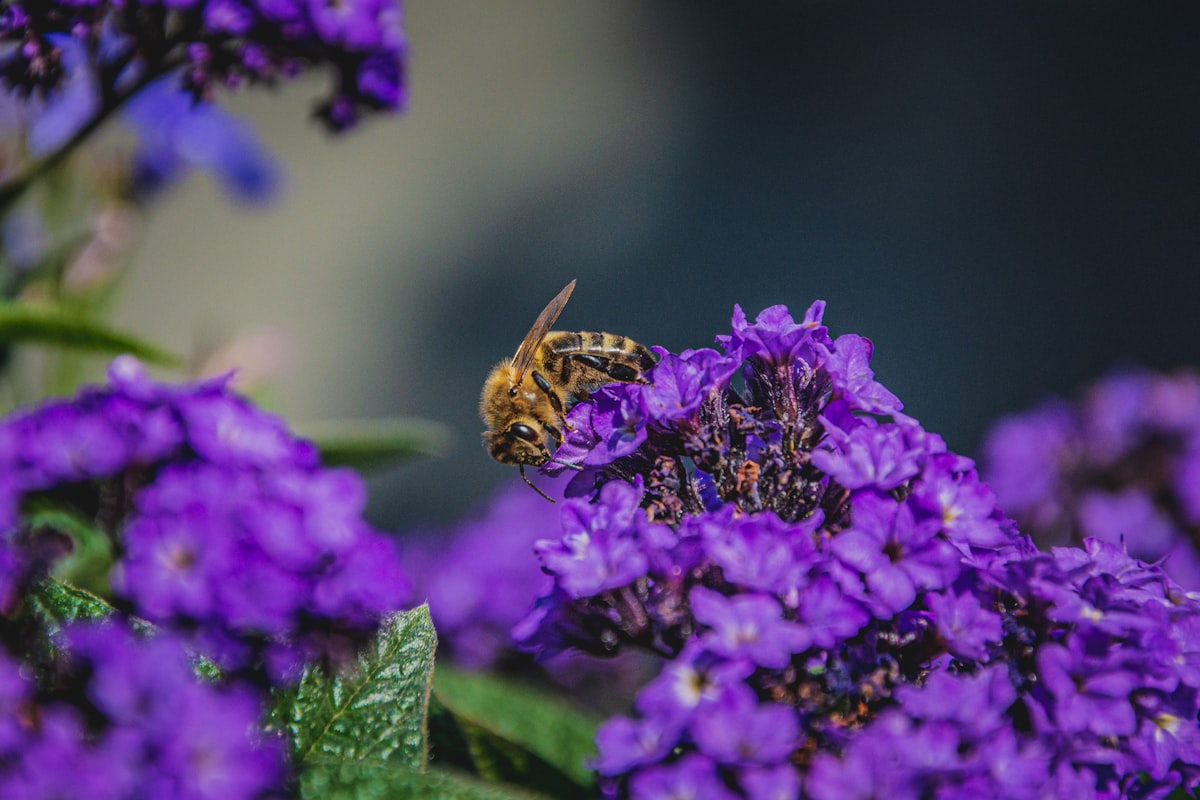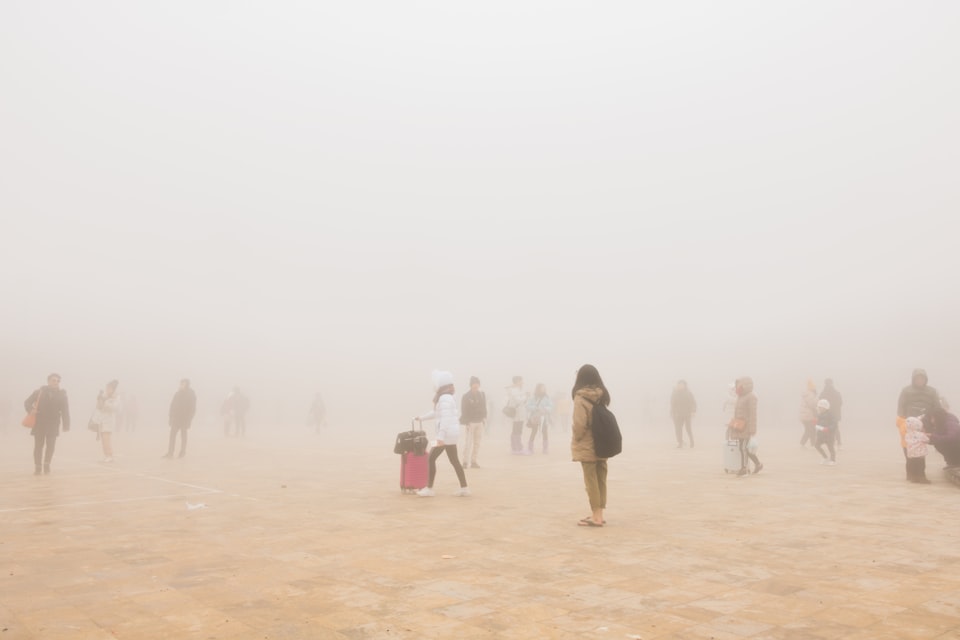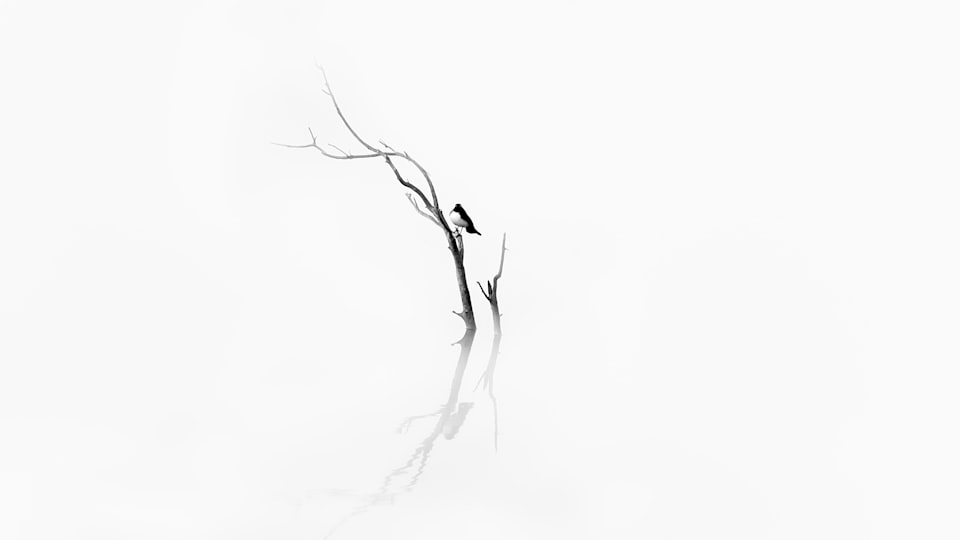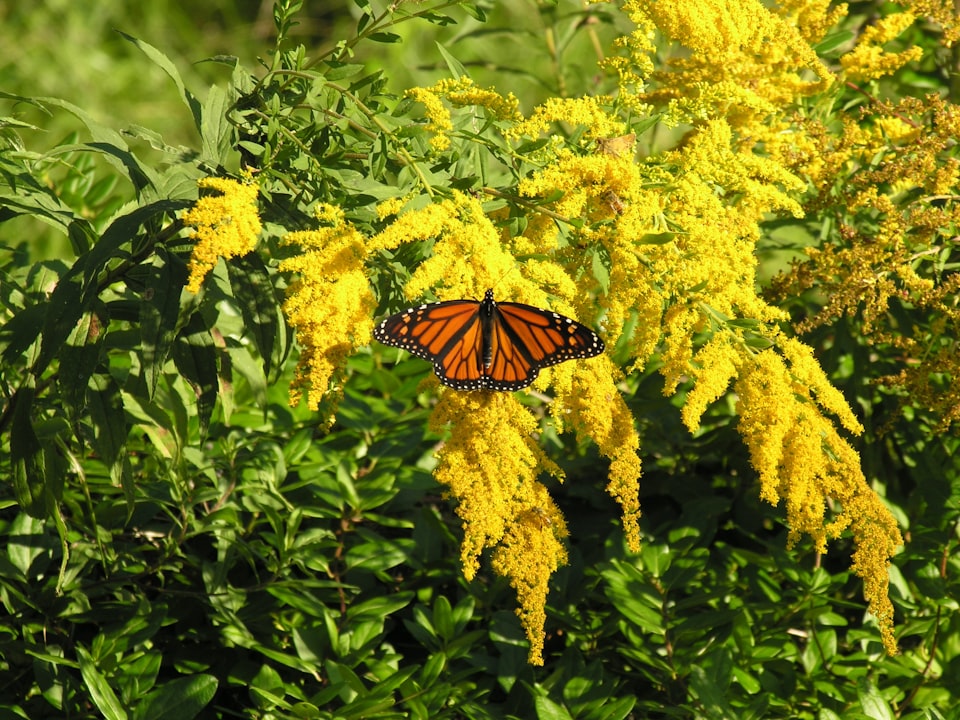VI: Heliotrope
"One whiff, and you'll fear for your very life."

Good morning. Today is sextidi, the 6th of Brumaire, Year CCXXXI. We celebrate l'héliotrope, a mythical lover of the sun.
Heliotrope is sweet to the max, sometimes being marketed as "cherry pie flowers." Its scent, long ago synthesized as a chemical called heliotropin, has chameleon-like abilities in the hands of perfume artists, who can bring about its cloudy, baby powder-like aspects, lean into a mouthwatering saccharin scent, or even give it a vanilla pungency. For a long time, heliotrope was mostly associated with perfume.
And death. Most varieties of the flower are poisonous to dogs and farm animals who might accidentally ingest it. (A few heliotropes – the ones without striking blossoms and heady scents – are considered common weeds, and easily get mixed into hay and other harvested grains if the farmer isn't careful.)
The death part must have been on the mind of Richard Washburn Child when he wrote a short story called "A Whiff of Heliotrope" a little over a hundred years ago. This strange little story contains such a simple but compelling plot that it was adapted to film no less than three times in the 25 years after its publication.



